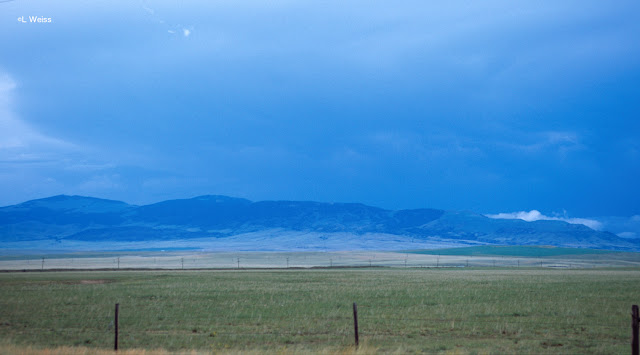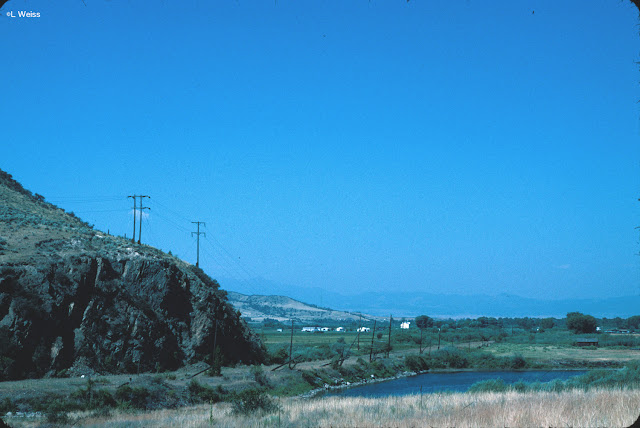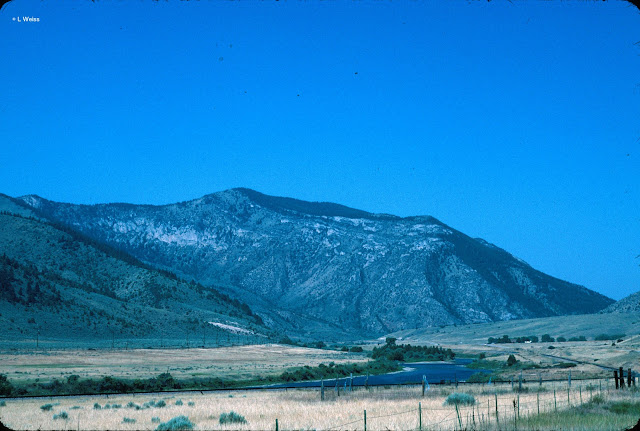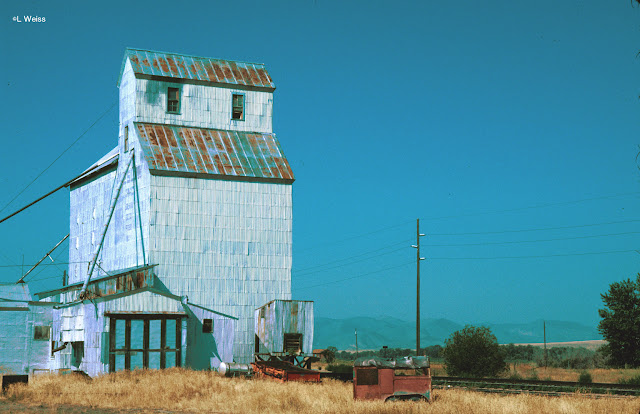Related Relics
1,490 miles of mainline - the distance from Chicago's Union Station to Vendome, MT. The picture above, taken a decade ago, shows Union Station resplendent in its ornamentation and elegance. It was a majestic entrance to a grand city established by five railroads including the Milwaukee Road. The statue holds a rooster and looks to the horizon, the rising sun and start of a new day. From Chicago the Resourceful Railroad mainline heads north and then west, out across the Midwest and through the prairie lands of waving grasses and American pronghorns. From Union Station to electrification at Harlowton, it was 4-6-4 Baltics that raced passengers across these lands. These were impressive machines in their own right: one completed 10 round trips in 30 days between Minneapolis and Harlowton ... with no days off or out for maintenance. Each round trip distance was 918 miles [1]. 1490 miles on from the horizon-gazing statue in Union Station lies the grade to Pipeston




